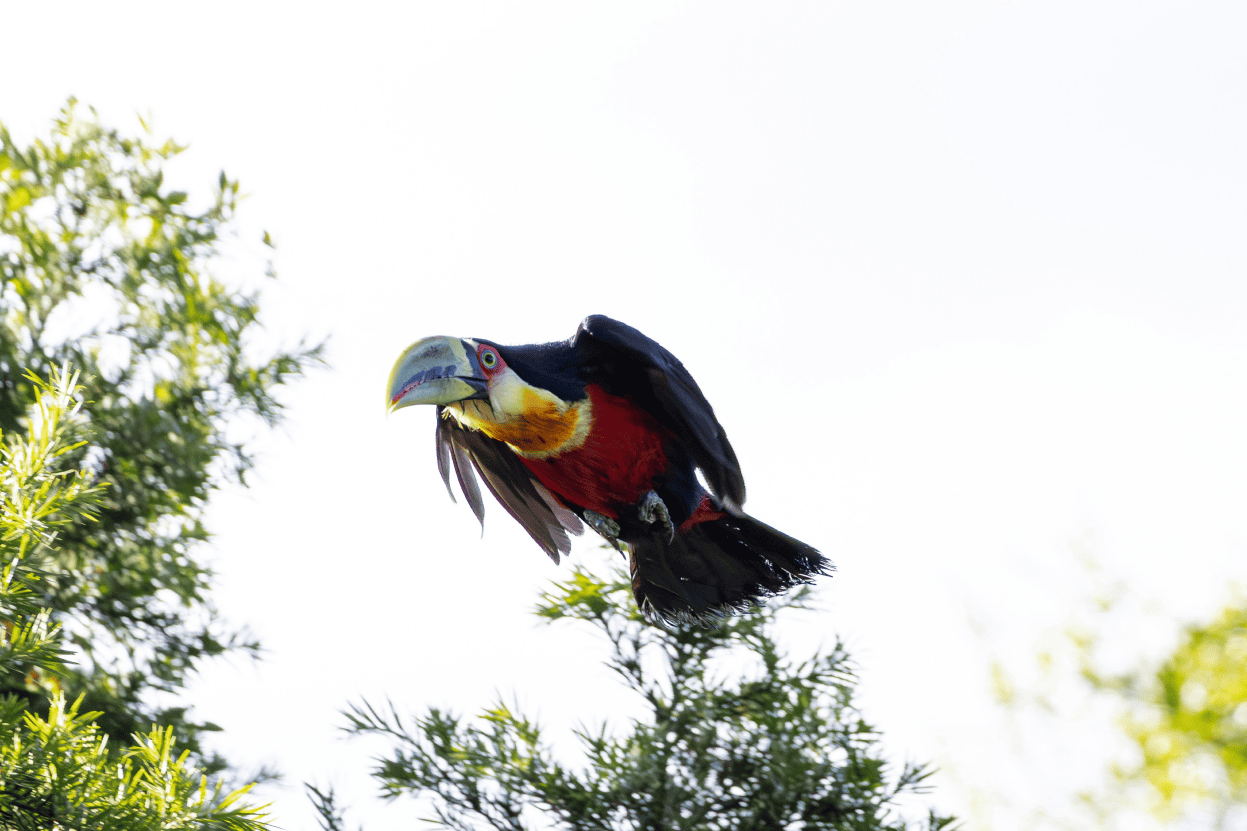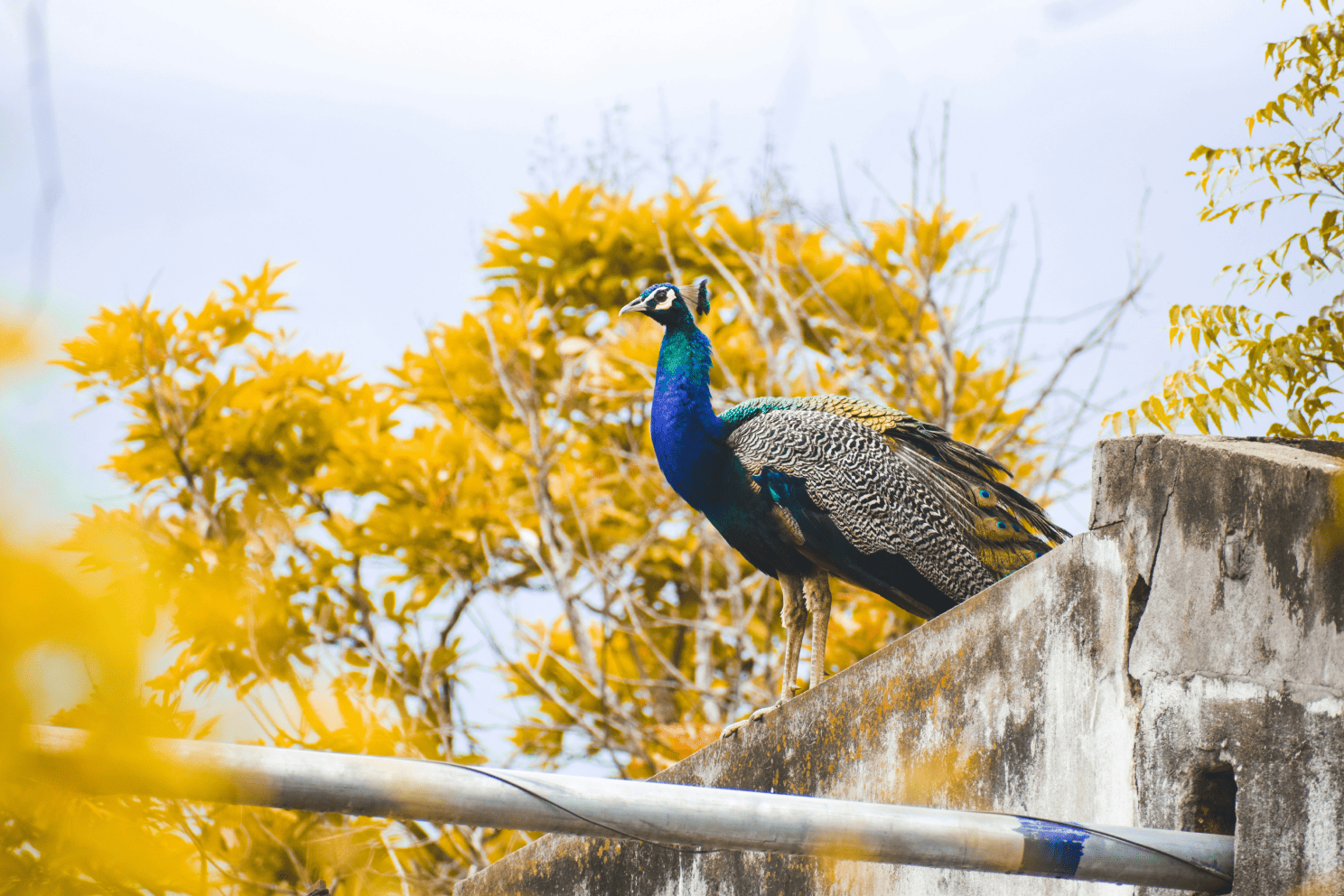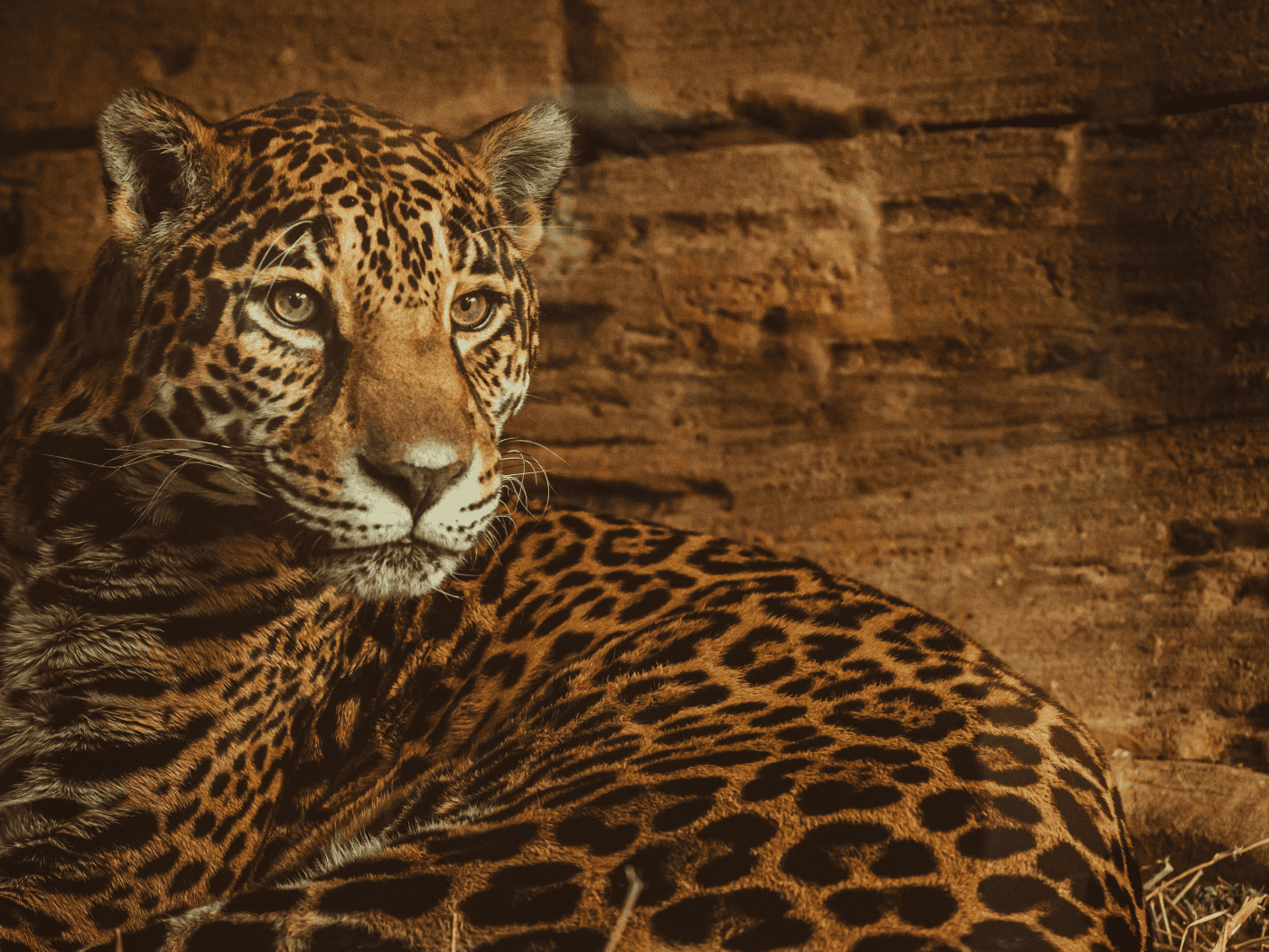Animals
The Role of Nature Reserves in Conservation
By safeguarding ecosystems, nature reserves help maintain the delicate balance of our planet. From tropical rainforests to arid savannas, these areas are crucial for the survival of countless species.
FAQs
Feeling inquisitive? Have a read through some of our FAQs or contact our supporters for help



Nature reserves are designed to protect wildlife and their habitats. They provide safe spaces for endangered species, preserve biodiversity, and maintain natural ecosystems, free from human interference.
Animals in reserves have access to undisturbed habitats, protection from poaching, and conservation programs aimed at ensuring their survival. This environment helps them thrive and increases their population in the wild.
Most reserves focus on observing animals in their natural habitat from a safe distance. Interaction is generally discouraged to protect both animals and visitors, ensuring minimal human impact on the wildlife.
Nature reserves host a variety of species, including large mammals like elephants and tigers, birds, reptiles, and even rare insects. The specific animals depend on the reserve’s location and ecosystem.
You can support conservation efforts by donating to wildlife organizations, volunteering at reserves, adopting sustainable practices, and raising awareness about the importance of protecting wildlife and their habitats.
